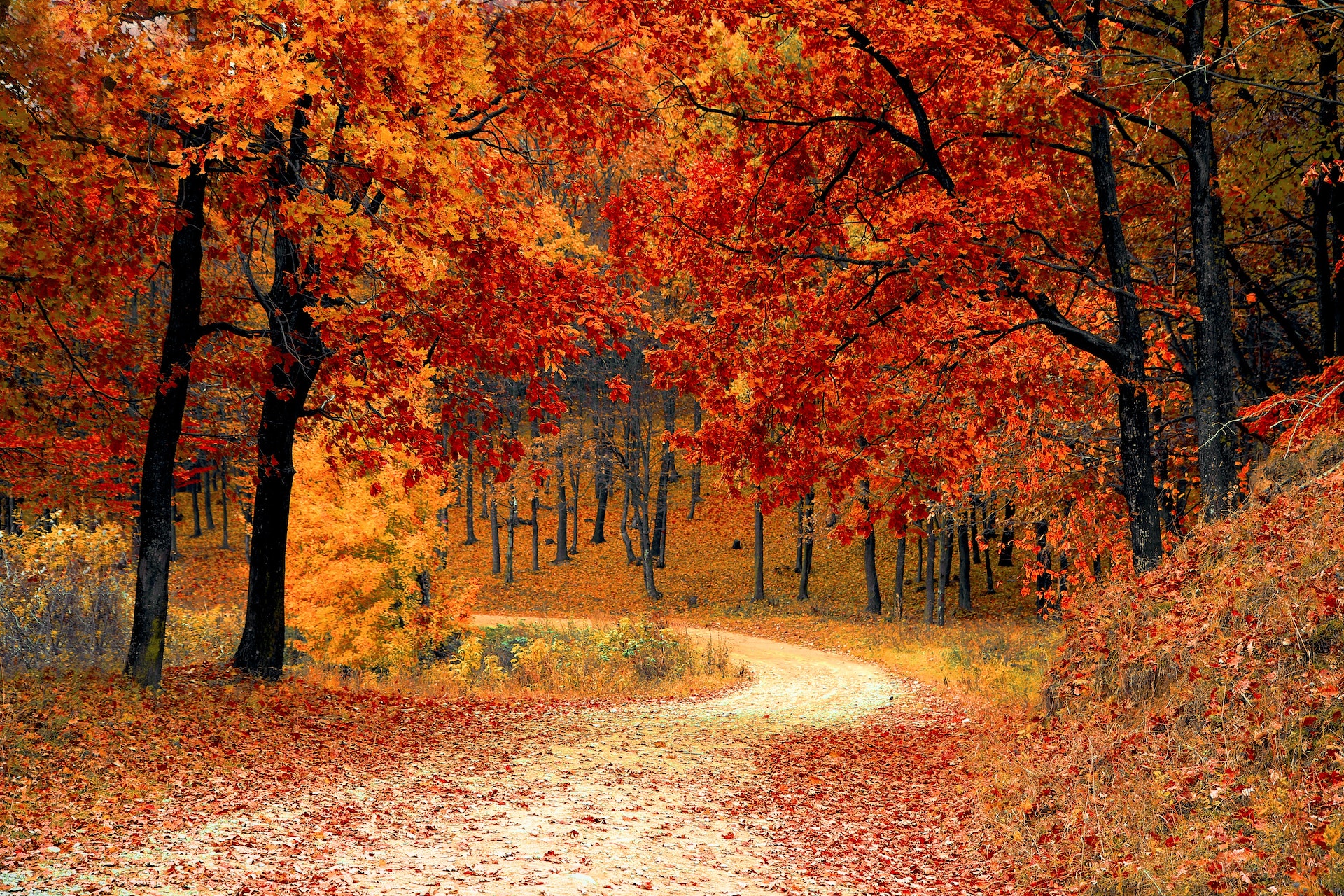
The Fading Colors of Autumn: Climate Change’s Impact on Fall Foliage
Fall has traditionally painted the eastern landscapes of the U.S. in a riot of colors, attracting tourists in droves and contributing significantly to the region’s economy. However, recent climate changes are pushing back the calendar for these vibrant displays. The warm embrace of the season is lasting longer, with last year witnessing the 4th warmest October in over a century. The repercussions of this shift are beginning to manifest in the altered timing and intensity of the autumnal palette.
The Northeast’s Distinct Challenge
The Northeast, a region renowned for its dazzling fall foliage, is particularly vulnerable, with temperatures rising faster than the rest of North America. Data from a study in 2021 indicates a worrying trend – the onset of the red maple leaf colors has been delayed by over a month since the late 19th century. Such shifts in nature’s calendar are influenced not only by temperatures but also by other factors like changing rainfall patterns and insect infestations.

The Biological Rhythm of Trees
Trees, akin to humans, undergo cycles of activity and rest. During the warmer months, the green chlorophyll pigment in their leaves harnesses sunlight for photosynthesis, producing essential sugars and carbohydrates. As winter approaches, signaled by shorter days and falling temperatures, trees begin to conserve resources. Chlorophyll production ceases, revealing other pigments that give leaves their fall hues.
However, as climate change extends the warmth of the season, trees might not get the signals they need to start this conservation process in time, which can affect their nutrient storage and overall health.
The Ecological Ripple Effect
Climate change’s influence on trees isn’t merely aesthetic. Trees play a critical role in mitigating the effects of climate change, acting as vital carbon sinks. Their reduced efficacy, due to disrupted growth-rest cycles, could mean less carbon dioxide is absorbed from the atmosphere, further exacerbating the greenhouse effect.
Furthermore, regional shifts in tree populations might change the very essence of autumn. Some tree species, like the sugar maples known for their radiant red leaves, might migrate northward in search of cooler climates. Consequently, the rich tapestry of fall colors that regions like New England are famed for could alter dramatically.
Economic Impacts and the Human Connection
The late onset of fall colors and potential changes in the vibrancy of foliage could have a considerable impact on local economies. Regions that heavily rely on fall tourism might see a decline in visitors, affecting local businesses and employment.
Yet, beyond economics, fall represents a deep-seated connection many people feel with nature. Witnessing the stark changes in this cherished season might be the wake-up call that mobilizes more individuals to champion for stronger environmental protection measures.

Concluding Thoughts
The changing hues of autumn serve as a vivid reminder of the broad-reaching effects of climate change. As scientists and researchers delve deeper into understanding these impacts, one thing becomes clear: The once predictable patterns of nature are becoming increasingly uncertain. As we marvel at the fall foliage, it’s crucial to remember that these colors are not just a spectacle but also a signal — a reminder of the delicate balance of our planet and the urgent need for sustainable action.
©eco-guardians.org